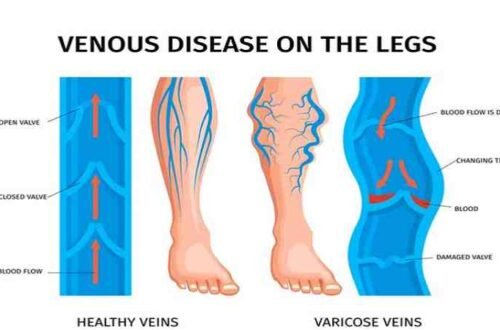Paycheck stubs are vital documents that contain all the details of your earnings and deductions. The abbreviation is quite confusing. Where all the money is and how much you earn is more complicated. This guide will help you understand the standard paycheck stub abbreviationsthat allows you complete control over your finances.
What is a Paycheck Stub?
A paycheck stub is also known as an earnings statement or pay slip. It’s a document that companies use to outline employees’ earnings, net Pay, and deductions. Employees provide these stubs when making any kind of deposit, which can become pretty confusing with the abbreviations.
If you are a new employee or trying to understand your earning breakdowns, you must familiarize yourself with these terms.
Common Paycheck Stub Abbreviations
- Gross Pay (GP)
This abbreviation refers to the total earnings before all kinds of deductions in the pay period. Gross Pay is your essential salary overtime, bonus, and any other form of income. You can call it your basic salary without any deductions.
- Net Pay (NP)
Net Pay is the total amount you receive after all deductions. Simply put, it is the amount credited to your account or handed over to you after tax deduction.
- Federal Income Tax (FIT)
This is a form of deduction. It refers to the amount for federal taxes based on your earnings. This amount varies and depends on the W-4 form and the information you provided.
- State Income Tax (SIT)
This abbreviation refers to the tax amount that a state levy on its employees. The amount depends on the state. It’s important to know that not all states levy income taxes, so this depends on the state where you live.
- Social Security (SS or OASDI)
This abbreviation refers to the contributions made to the county social security program. Employers and employees pay this amount for the welfare of disabled individuals, retirees, and survivors of deceased workers.
- Medicare (MED)
This is also like SSDI or OASDI. Contribution that relates to the Medicare program. This amount is used to help people, primarily individuals over 65. It’smandatory deduction.
How to Read and Interpret Your Paycheck Stub
Understanding paycheck stubs is important if you want to manage your finances. These are the key areas where we have to focus.
- Earnings:
This section shows your gross Pay. It also includes your salary or hourly rates and bonuses.
- Deductions:
This section details all the deductions, such as insurance premiums, taxes, and retirement contributions, taken from your gross Pay.
- Net Pay: the final amount you get after all the deductions.
It’s your responsibility to check your paycheck stub regularly so you can check all the deductions and have full control over your earnings and deductions. If you notice any unusual education, you can ask your HR. You can ask for discrepancies in your Pay if there is any unwanted education.
Why Understanding Paycheck Stub Abbreviations Matters
All need to understand the abbreviations of paychpaychecks properly. This way, you can easily understand where your money is going and how much deductions are made to your earnings. Look, if you are doing overtime and need help understanding these abbreviations, how will you know if there mistake? If you want to become more understanding can help to make yourself an inversion can make financial decisions more promptly.
Conclusion
It needs to be clearer and easier to understand. However, once you familiarize yourself with these common terms, you can understand how to calculate your earnings effectively. With a better understanding, you can make prompt decisions and fully control your earnings.





